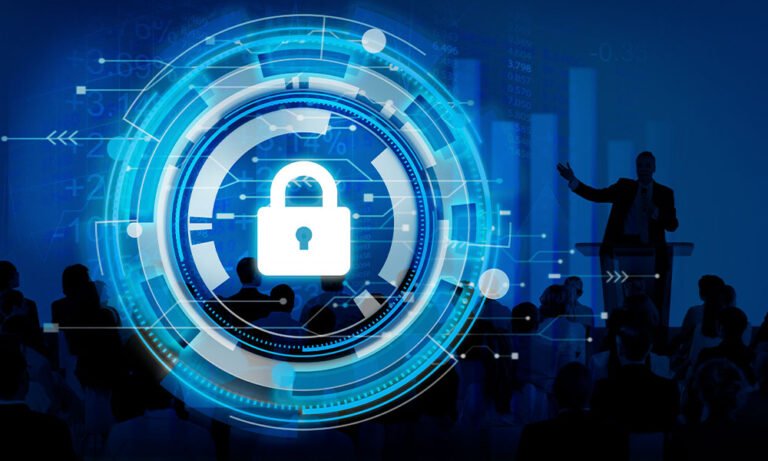WordPress is a popular content management system that powers millions of websites worldwide. With its popularity, it’s important to prioritize the security of your WordPress website. In this article, we will discuss essential security best practices to help protect your website from potential threats.
Table of Contents
- Introduction to WordPress Security
- Keep WordPress Core, Themes, and Plugins Updated
- Use Strong and Unique Passwords
- Limit Login Attempts
- Implement Two-Factor Authentication (2FA)
- Protect the wp-admin Directory
- Use Secure Hosting and SSL
- Regularly Backup Your Website
- Use Security Plugins
- Monitor and Audit Your Website
- Conclusion
- FAQs
1. Introduction to WordPress Security
Website security is crucial to prevent unauthorized access, data breaches, and malware infections. By implementing security measures, you can protect your website and maintain the trust of your visitors. Here are some best practices to enhance the security of your WordPress website:
2. Keep WordPress Core, Themes, and Plugins Updated
Keeping your WordPress core, themes, and plugins updated is one of the most effective ways to protect your website. Updates often include security patches that address vulnerabilities. Regularly check for updates and apply them promptly to ensure you are using the latest, most secure versions.
3. Use Strong and Unique Passwords
A strong password is the first line of defense against unauthorized access. Use a combination of uppercase and lowercase letters, numbers, and special characters. Avoid using common words or personal information. Additionally, ensure that you use unique passwords for your WordPress admin account and any other privileged accounts associated with your website.
4. Limit Login Attempts
Brute force attacks can be mitigated by limiting the number of login attempts. Install a security plugin that allows you to set a maximum number of login attempts. After a certain number of failed attempts, the plugin can block the IP address or temporarily lock the account, making it difficult for attackers to guess passwords.
5. Implement Two-Factor Authentication (2FA)
Two-factor authentication adds an extra layer of security to your WordPress login process. It requires users to provide a second form of verification, such as a temporary code sent to their mobile device, in addition to their password. Implement a 2FA plugin to enhance the security of your login process.
6. Protect the wp-admin Directory
The wp-admin directory is a critical part of your WordPress website, as it houses the administration area. Restrict access to this directory by using strong passwords, limiting IP access, or using a security plugin that adds an extra layer of protection. This helps prevent unauthorized access to your website’s backend.
7. Use Secure Hosting and SSL
Choose a reputable and secure hosting provider for your WordPress website. A reliable host will implement security measures to protect your website from various threats. Additionally, enable SSL (Secure Sockets Layer) on your website to encrypt data transmitted between your server and visitors’ browsers, adding an extra layer of security.
8. Regularly Backup Your Website
Regularly backing up your website is essential in case of security breaches or data loss. Schedule automated backups of your entire website, including the database and files. Store backups in a secure location, preferably offsite or in the cloud. In the event of an incident, you can restore your website to a previous working state.
9. Use Security Plugins
WordPress security plugins provide additional layers of protection against common threats. Install a reputable security plugin that offers features like malware scanning, firewall protection, brute force attack prevention, and file integrity monitoring. Configure the plugin according to your website’s needs and keep it updated.
10. Monitor and Audit Your Website
Regularly monitor your website for any suspicious activities or anomalies. Monitor access logs, review user accounts, and keep an eye on file changes. Implement a website security monitoring service or use security plugins that offer activity logs and security alerts. Additionally, perform regular security audits to identify and fix any vulnerabilities.
11. Conclusion
Implementing robust security measures is crucial for safeguarding your WordPress website. By following these best practices, you can significantly reduce the risk of security breaches, protect user data, and maintain the integrity of your website.
FAQs
- Q: Can security plugins slow down my website? A: Some security plugins can impact website performance. Choose lightweight and reputable security plugins that are optimized for speed. Regularly monitor your website’s performance to ensure there are no significant impacts.
- Q: Are free security plugins as effective as premium ones? A: While some free security plugins offer basic protection, premium plugins often provide advanced features and dedicated support. Assess your website’s security needs and choose a plugin that offers the right level of protection.
- Q: How often should I update my WordPress website? A: It’s best to update your WordPress website as soon as new updates are available. Set up automatic updates for the WordPress core, themes, and plugins whenever possible to ensure timely security patches.
- Q: Are there any additional security measures I should consider? A: Yes, apart from the mentioned practices, you can implement measures like website firewalls, file permission restrictions, regular security scans, and user role management to enhance the security of your WordPress website.
- Q: What should I do if my website gets hacked? A: If your website is compromised, take immediate action. Isolate the affected website, restore it from a clean backup, and investigate the source of the breach. Strengthen security measures and consider engaging professionals to perform a thorough security audit.

